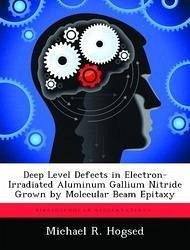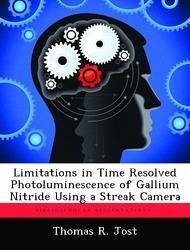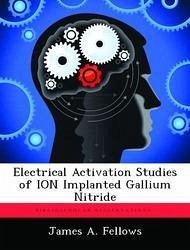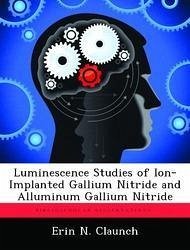Nicht lieferbar

Deep Level Defects in Electron-Irradiated Aluminum Gallium Nitride Grown by Molecular Beam Epitaxy
Versandkostenfrei!
Nicht lieferbar
Aluminum gallium nitride (AlGaN)-based devices are attractive candidates for integration into future Air Force communication and sensor platforms, including those that must operate in harsh radiation environments. In this study, the electrical and optical properties of 1.0 MeV electron irradiated n-AlxGa1-xN are characterized for aluminum mole fraction x = 0.0 to 0.3 using deep level transient spectroscopy (DLTS), temperature-dependent Hall, and cathodoluminescence (CL) measurements. Following irradiation of the AlGaN, it is found that four different electron traps are created, having energy l...
Aluminum gallium nitride (AlGaN)-based devices are attractive candidates for integration into future Air Force communication and sensor platforms, including those that must operate in harsh radiation environments. In this study, the electrical and optical properties of 1.0 MeV electron irradiated n-AlxGa1-xN are characterized for aluminum mole fraction x = 0.0 to 0.3 using deep level transient spectroscopy (DLTS), temperature-dependent Hall, and cathodoluminescence (CL) measurements. Following irradiation of the AlGaN, it is found that four different electron traps are created, having energy levels within 0.4 eV below the conduction band edge. Three of these traps correspond to radiation-induced traps previously reported in GaN, and they are found to deepen significantly in the energy band gap with increase in aluminum mole fraction. The room temperature carrier concentration decreases following irradiation, and the carrier removal rate is found to depend foremost on the initial carrier concentration, regardless of the aluminum mole fraction. Also, following 1.0 MeV electron irradiation at a fluence of 1x1017 cm-2, the peak CL intensities of the samples are reduced, on average, by 50%. In spite of these findings, it is concluded that n-AlxGa1-xN is intrinsically more tolerant to radiation than conventional semiconductor materials such as GaAs and Si.









